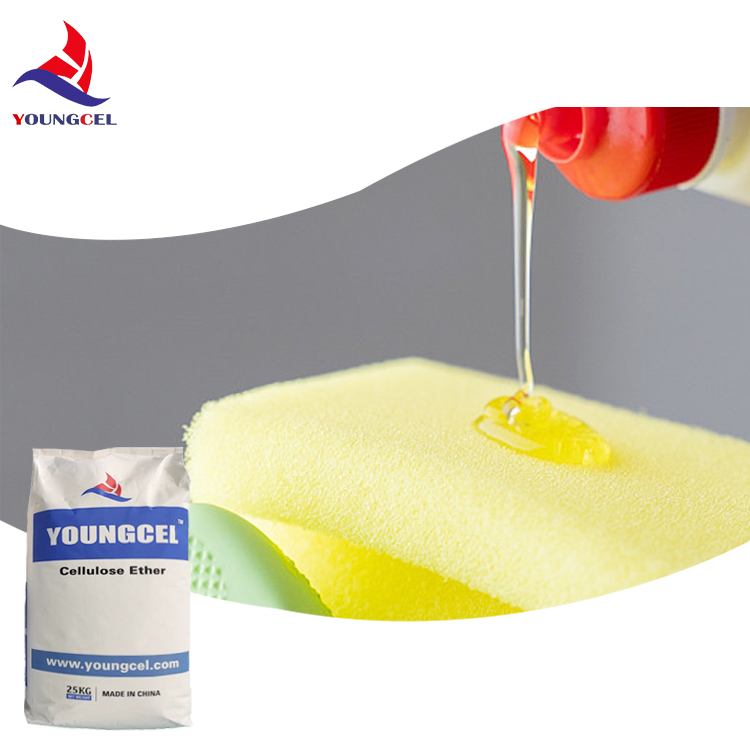The Versatility and Applications of Cellulose Ether Focus on Hydroxyethyl Methylcellulose (HEMC)
Cellulose ethers are a diverse category of compounds derived from cellulose, the most abundant organic polymer on Earth. Among various cellulose ethers, Hydroxyethyl Methylcellulose (HEMC) has earned a significant reputation due to its unique properties and widespread applications across different industries. This article delves into the characteristics, production, and diverse uses of HEMC, emphasizing its importance in modern technology and consumer products.
What is HEMC?
HEMC is a non-ionic cellulose ether obtained by the reaction of cellulose with ethylene oxide and methyl chloride. The modification process introduces hydroxyethyl and methyl groups into the cellulose backbone. This transformation enhances the solubility of cellulose in water and provides a unique set of functional properties. HEMC is typically a white, odorless powder that forms a clear, viscous solution when mixed with water. Its ability to be dissolved in cold water while remaining stable in a range of pH levels makes it particularly valuable in various applications.
Key Properties of HEMC
HEMC exhibits several distinctive characteristics
1. Water Solubility HEMC dissolves readily in cold water, forming a viscous solution that can be used in many formulations. Its solubility is one of the primary reasons for its widespread use in industries such as pharmaceuticals, construction, and food.
2. Thickening Agent HEMC is an effective thickening agent. Its ability to increase viscosity without significantly altering the texture of a product has made it a staple in countless formulations.
3. Film Forming HEMC can form flexible and transparent films, which serve as excellent barriers against moisture, making it useful in various coating applications.
4. Binding Properties HEMC can enhance the adhesion of products, which is especially vital in applications such as pharmaceuticals, where it ensures that active ingredients remain effectively delivered to the site of action.
cellulose ether hemc

5. Stabilization HEMC contributes to the stability of emulsions and dispersions, preventing the separation of components in products ranging from paints to personal care items.
Applications of HEMC
1. Pharmaceuticals In the pharmaceutical industry, HEMC is utilized as a binder, coating agent, and thickener in various drug formulations. Its controlled release properties are particularly valuable in producing sustained-release medications. Additionally, HEMC aids in the formulation of gels and ointments, enhancing their texture and efficacy.
2. Construction HEMC plays a critical role in the construction sector, particularly in the production of cement-based products such as tile adhesives, grouts, and mortars. It improves workability and water retention, ensuring that the mixture remains workable for an extended period, which is crucial in construction applications.
3. Food Industry With its non-toxic and non-allergenic properties, HEMC finds applications in the food industry as a stabilizer, thickener, and emulsifier. It can improve the texture and consistency of products like sauces and dressings, enhancing their overall appeal and shelf stability.
4. Cosmetics and Personal Care HEMC is commonly found in cosmetics and personal care products, acting as a thickener, emulsifier, and film-forming agent. Its skin-friendly properties make it ideal for use in creams, lotions, and gels, providing a smooth application and a pleasant feel.
5. Agriculture In the field of agriculture, HEMC is used as a soil additive and in the formulation of controlled-release fertilizers. Its water-retaining properties are beneficial for enhancing soil moisture, promoting better crop yields, and facilitating sustainable agricultural practices.
Conclusion
Hydroxyethyl Methylcellulose (HEMC) stands out as a versatile cellulose ether with a broad range of applications across diverse industries, from pharmaceuticals and construction to food and personal care products. Its unique properties, including water solubility, thickening capability, and film-forming characteristics, make it an invaluable ingredient in many formulations. As industries continue to evolve, the demand for sustainable and effective additives like HEMC is likely to grow, underscoring the importance of this remarkable compound in our daily lives.
-
Rdp Powder: Key Considerations for Wholesalers in the Building Materials IndustryNewsJul.08,2025
-
Key Considerations for Wholesalers: Navigating the World of Hpmc - Based ProductsNewsJul.08,2025
-
Hpmc Detergent: Key Considerations for WholesalersNewsJul.08,2025
-
Key Considerations for Wholesalers: China Hpmc For Tile Adhesive, Coating Additives, Concrete Additives, and MoreNewsJul.08,2025
-
Crucial Considerations for Wholesalers: Navigating the World of Construction MaterialsNewsJul.08,2025
-
Key Considerations for Wholesalers Sourcing Additive For Cement, Additive For Concrete, Additive For Putty from Additive Manufacturer Shijiazhuang Gaocheng District Yongfeng Cellulose Co., Ltd.NewsJul.08,2025




